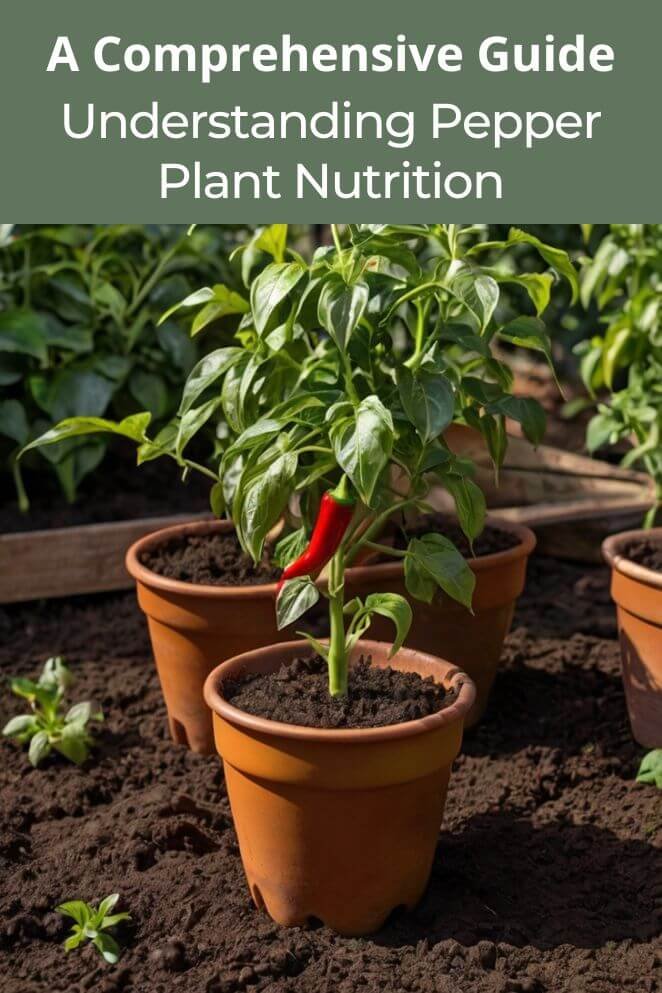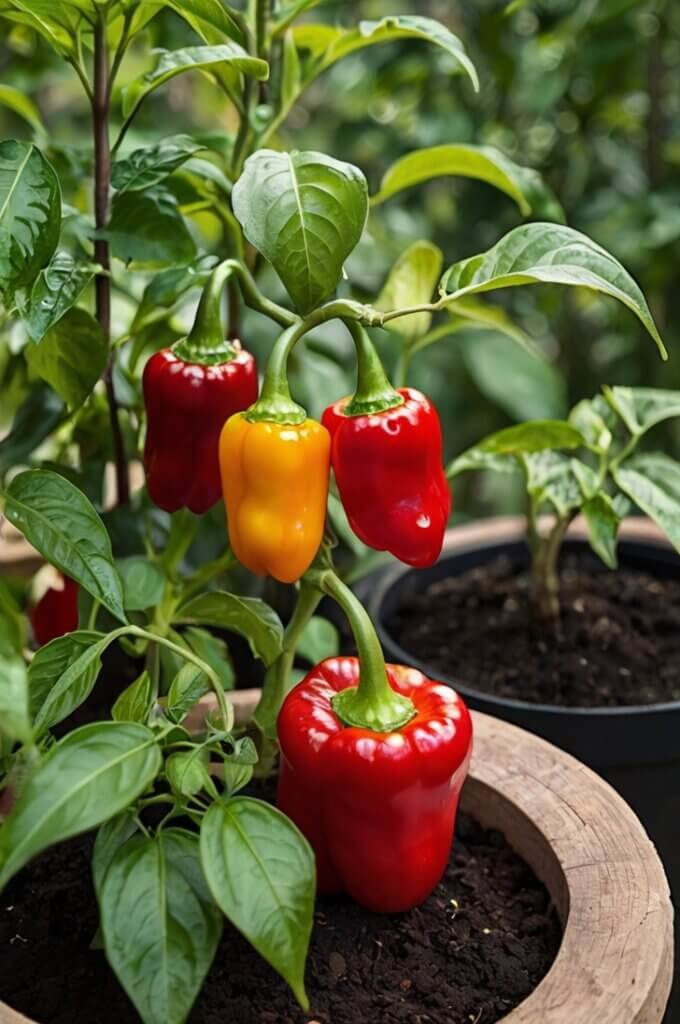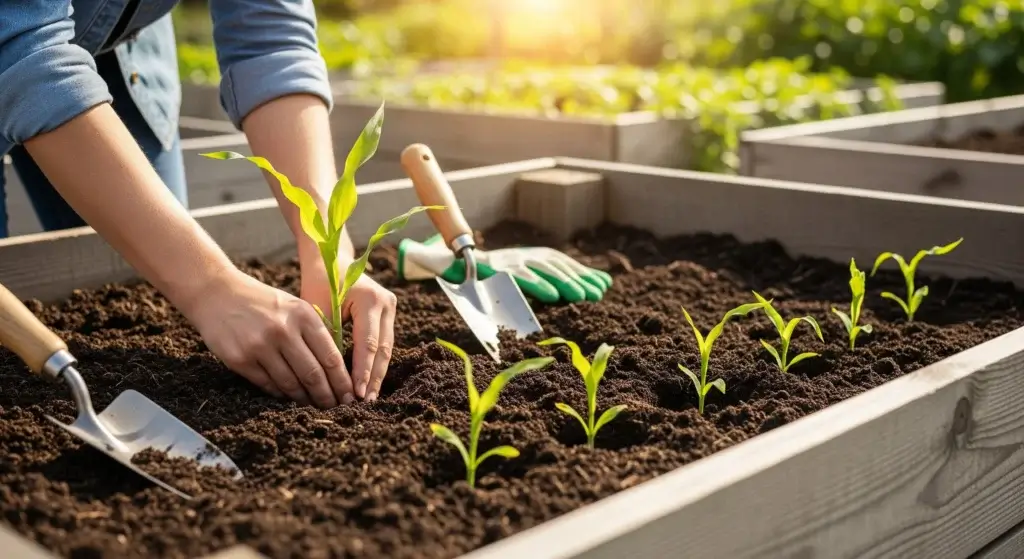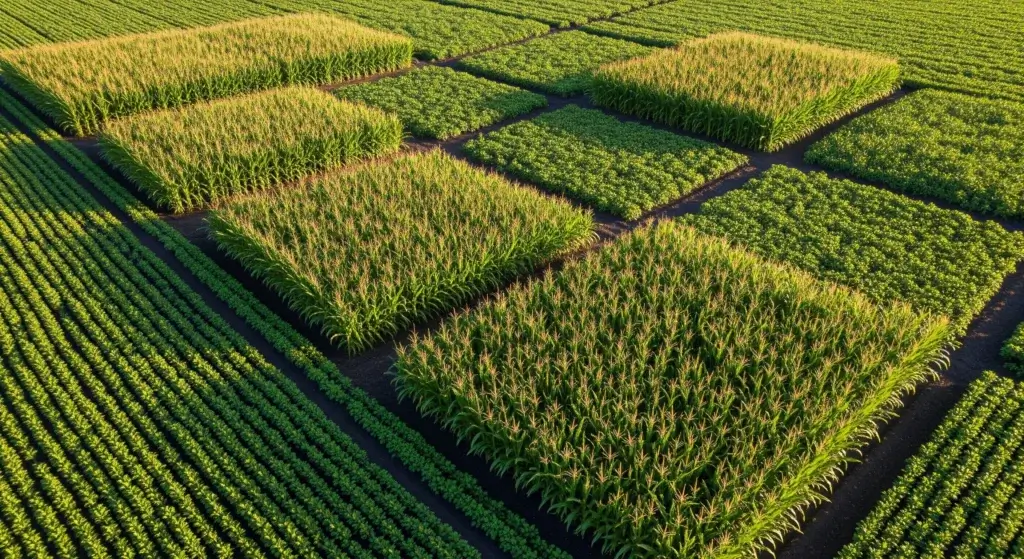
Growing healthy and productive pepper plants isn’t just about watering and sunlight.
The key to a bountiful pepper harvest lies in understanding their nutritional needs.
Just like us, plants need a balanced diet of nutrients to thrive.
This article will guide you through the essential nutrients for pepper plants, how to recognize nutrient deficiencies, and tips for optimizing plant nutrition.
Essential Macronutrients for Pepper Plants
Pepper plants, like all vegetables, rely on three primary macronutrients: Nitrogen, Phosphorus, and Potassium—often referred to as N-P-K.
Nitrogen (N)
Nitrogen is crucial for leafy growth and overall plant vigor.
A lack of nitrogen can lead to yellowing leaves and stunted growth.
However, too much nitrogen can result in lush foliage but minimal fruit production.
According to research from the University of Florida, pepper plants require about 1.5 to 2.0 pounds of nitrogen per 1,000 square feet during the growing season.
Phosphorus (P)
Phosphorus supports root development and fruit production.
It’s particularly important during the early stages of growth and when the plant is setting fruit.
Signs of phosphorus deficiency include dark, purplish leaves and poor fruit set.
Potassium (K)
Potassium enhances the plant’s resistance to disease, improves fruit quality, and helps regulate water uptake.
A potassium deficiency might present as yellowing leaf edges or weak stems.
Studies published in the Journal of Plant Nutrition emphasize potassium’s role in improving pepper yield and quality.

Essential Micronutrients for Pepper Plants
While peppers need macronutrients in large amounts, micronutrients are just as important, even though they’re needed in smaller doses.
Calcium (Ca)
Calcium strengthens cell walls, helping peppers grow firm and healthy.
A lack of calcium can cause blossom end rot, which appears as dark, sunken spots at the bottom of the fruit.
This issue is often linked to inconsistent watering, so keeping soil moisture steady is key.
Magnesium (Mg)
Magnesium is essential for photosynthesis because it’s a major part of chlorophyll.
If your plants don’t get enough magnesium, their leaves may start to yellow between the veins while the veins stay green—this condition is called interveinal chlorosis.
Other micronutrients
Peppers also need small amounts of iron, manganese, zinc, copper, and boron.
These nutrients support everything from root growth to enzyme function and nutrient transport, keeping your plants strong and productive.
Understanding Fertilizer Types and Application
Giving your pepper plants the right nutrients is key to healthy growth and a great harvest.
Understanding different fertilizer types and how to apply them can make a big difference.
Organic vs. synthetic fertilizers
Organic fertilizers, like compost and manure, release nutrients slowly, enriching the soil and improving its health over time.
Synthetic fertilizers provide an instant nutrient boost, but long-term use can impact soil microbes.
Choosing the right type depends on your gardening goals and soil health.
NPK ratios
Fertilizer labels list an N-P-K ratio, which shows the percentage of nitrogen (N), phosphorus (P), and potassium (K).
Peppers need a balanced mix, especially during fruiting.
A fertilizer with a 5-10-10 ratio (lower nitrogen, higher phosphorus and potassium) helps promote flowers and fruit instead of excessive leafy growth.
Fertilizer application methods
- Soil application: Granular and liquid fertilizers can be applied directly to the soil. Granular fertilizers offer a slow nutrient release, while liquid fertilizers provide a quick boost.
- Foliar feeding: This involves spraying a diluted fertilizer directly onto the leaves. It’s useful for quickly addressing specific nutrient deficiencies.
- Slow-release fertilizers: These fertilizers gradually release nutrients over time, reducing the risk of over-fertilization and providing a steady supply of nutrients.
- Tips for avoiding fertilizer burn: Always follow the recommended application rates. Over-fertilization can damage the roots, leading to leaf burn and reduced plant health.
Soil testing
Before adding fertilizer, it’s a good idea to test your soil to see what nutrients are already there.
Many agricultural extension offices offer soil testing services, giving you specific recommendations so you can feed your plants exactly what they need.

Recognizing and Addressing Nutrient Deficiencies
Nutrient deficiencies can affect plant health and reduce your pepper harvest, but the good news is they often show clear signs.
Knowing what to look for can help you take quick action.
Recognizing deficiencies
Different nutrient shortages cause different symptoms:
- Nitrogen deficiency – Older leaves turn yellow as the plant struggles to grow.
- Phosphorus deficiency – Leaves may develop a purple tint, and the plant stays small.
- Potassium deficiency – Leaf edges start to yellow, and stems may become weak.
Fixing the problem
Once you spot a deficiency, you can fix it with the right fertilizer or soil amendment.
For example, if your plant lacks magnesium, Epsom salt can help—just mix it with water and spray it on the leaves.
Testing your soil regularly can also help prevent nutrient problems before they start.
Tips for Optimizing Pepper Plant Nutrition
Giving your peppers the right nutrients starts with good soil, proper watering, and smart planting techniques.
Here’s how to set them up for success.
Prepare the soil
Before planting, mix in compost or well-rotted manure to boost soil fertility.
This not only adds nutrients but also improves soil structure and helps it hold water better.
Water the right way
Peppers need steady moisture to absorb nutrients properly.
Avoid extremes—don’t let the soil dry out completely, but also don’t overwater, as soggy soil can block nutrient uptake.
Use mulch
A layer of mulch helps keep the soil temperature stable, retains moisture, and prevents nutrients from washing away.
Organic mulches like straw or compost also break down over time, naturally enriching the soil.
Try companion planting
Planting basil or marigolds near your peppers can improve soil health and keep pests away.
These companion plants create a healthier environment, helping your peppers grow strong and productive.

Final Thoughts
Proper nutrition is the backbone of a healthy pepper plant.
By understanding the specific nutrient needs, choosing the right fertilizers, and maintaining good gardening practices, you can ensure a productive and vibrant pepper harvest.
FAQs
During the growing season, apply a balanced fertilizer every 2-3 weeks, adjusting based on plant growth and soil conditions.
Yes, coffee grounds add nitrogen and organic matter to the soil but should be used in moderation.
Peppers prefer slightly acidic to neutral soil, with a pH between 6.0 and 7.0.



